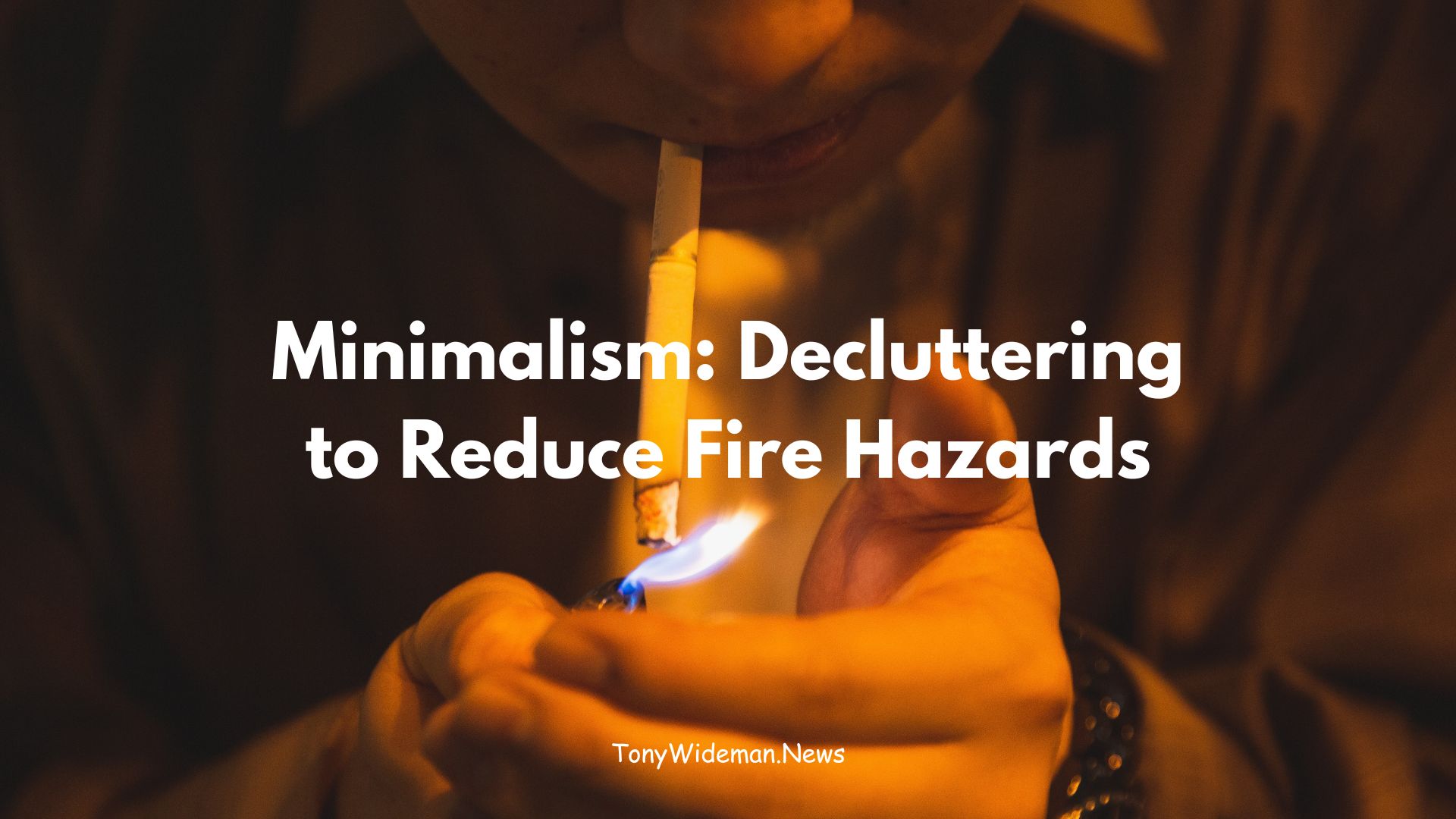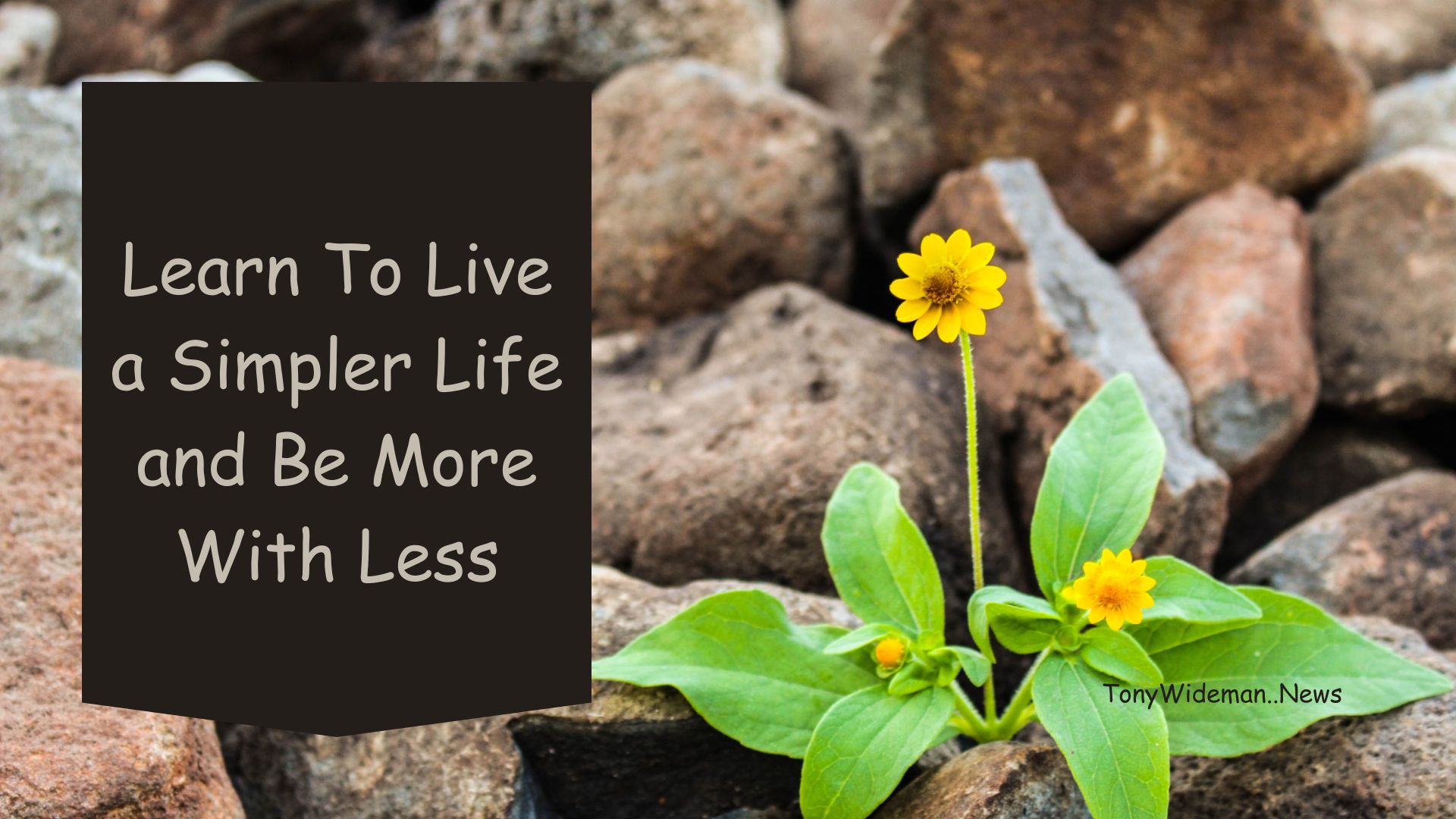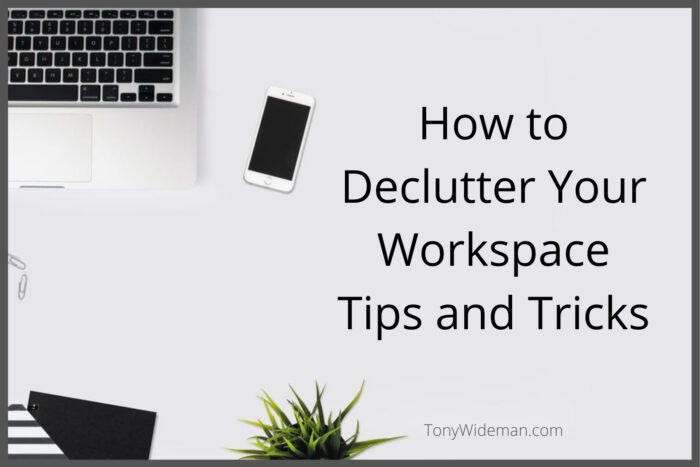Minimalism: Decluttering to Reduce Fire Hazards

Minimalism is not just about having fewer possessions; it’s a lifestyle choice with various benefits, including reducing fire hazards in your home.
In this article, we will explore the connection between minimalism, clutter, and fire hazards and provide practical tips on how to adopt a minimalist approach to enhance safety in your living environment.
1. Introduction: Understanding the Minimalist Lifestyle
Minimalism is an intentional way of living that focuses on simplicity, purpose, and mindfulness. It encourages individuals to prioritize what truly matters and eliminate unnecessary distractions.
By adopting a minimalist lifestyle, people can experience reduced stress, improved mental clarity, and greater freedom.
2. The Hidden Dangers of Clutter
Clutter affects the aesthetics of living spaces and poses serious fire hazards. When a home is cluttered with excessive items, it becomes more challenging to maintain cleanliness and organization. Clutter can block pathways, obstruct ventilation, and cause fires to spread rapidly.
In the event of a fire, clutter can impede evacuation routes and hinder the efforts of firefighters. Piles of papers, fabrics, and other flammable materials increase the risk of ignition and intensify the heat and smoke produced by a fire.
3. Minimalism as a Fire Prevention Strategy
Adopting a minimalist approach can significantly reduce the fire risk in your home. By decluttering and organizing your living space, you create a safer environment for yourself and your loved ones. Here are some essential steps to implement:
3.1 Removing Unnecessary Items
Begin by assessing your belongings and identifying items that are no longer needed or bringing value to your life. Donate or sell these items or dispose of them responsibly.
Reducing the number of possessions minimizes the potential fuel for fires and creates more open and unobstructed living spaces.
3.2 Organizing Essential Belongings
After decluttering, focus on organizing the items that remain. Assign dedicated spaces for each category of belongings and ensure everything has a designated place.
This enhances the visual appeal of your living space and makes it easier to maintain cleanliness and locate items when needed.
3.3 Implementing Fire Safety Measures
As you create a minimalist living space, prioritize fire safety measures. Install smoke detectors in strategic locations throughout your home and regularly test and maintain them.
Keep fire extinguishers readily accessible and ensure everyone in your household knows how to use them effectively. Additionally, develop a fire escape plan and practice it regularly with your family to ensure a swift and safe evacuation in an emergency.
4. Creating a Minimalist Living Space
Embracing minimalism involves more than just removing clutter. It’s about designing a living space that promotes tranquility, functionality, and safety. Consider the following tips:
4.1 Utilize Smart Storage Solutions
Invest in storage solutions that optimize space utilization and keep your belongings organized. Utilize shelves, cabinets, and under-bed storage to maximize storage capacity while maintaining a clutter-free environment.
4.2 Opt for Simple and Functional Furniture
Choose furniture pieces that serve their purpose without being excessive. The minimalist design emphasizes clean lines, neutral colors, and multifunctional furniture that maximizes space efficiency.
Avoid overcrowding your living areas with unnecessary pieces that hinder movement or obstruct pathways.
4.3 Focus on Quality Over Quantity
When selecting items for your minimalist living space, prioritize quality over quantity. Invest in durable, long-lasting products that add value to your life and withstand the test of time. You can curate a collection of items that truly serve you by reducing the number of possessions.
5. The Psychological Benefits of Minimalism
Beyond the physical advantages, minimalism offers numerous psychological benefits. By reducing clutter and simplifying your environment, you can experience reduced stress, increased focus, and improved mental well-being.
A clutter-free space fosters a sense of calm and allows you to concentrate on what truly matters.
6. Conclusion
Minimalism is not just a trendy lifestyle choice; it can significantly improve safety and well-being in your living environment.
By adopting a minimalist approach, you can eliminate clutter, reduce fire hazards, and create a serene and organized space.
Embrace simplicity, declutter your surroundings, and prioritize fire safety measures to enhance your overall quality of life.
7. FAQs
Q1: Does minimalism mean getting rid of everything?
A1: Minimalism is about consciously choosing to keep and appreciate items that bring value to your life. It doesn’t necessarily mean getting rid of everything but instead eliminating unnecessary possessions.
Q2: Can minimalism be applied to any living space?
A2: Yes, minimalism can be applied to any living space, regardless of size or layout. It’s about prioritizing and organizing your belongings to create a clean and functional environment.
Q3: How can minimalism benefit my mental well-being?
A3: Minimalism reduces visual and mental clutter, promoting a sense of calm and focus. It allows you to create a peaceful sanctuary that supports your mental well-being.
Q4: Are there any exceptions to minimalism?
A4: Minimalism is a personal choice with no strict rules. You can adapt the principles of minimalism to suit your lifestyle and individual preferences.
Q5: How can I get started with minimalism?
A5: Start by decluttering one area at a time and assessing each item’s value to your life. Gradually introduce minimalist practices and make conscious decisions about what to keep and let go.







